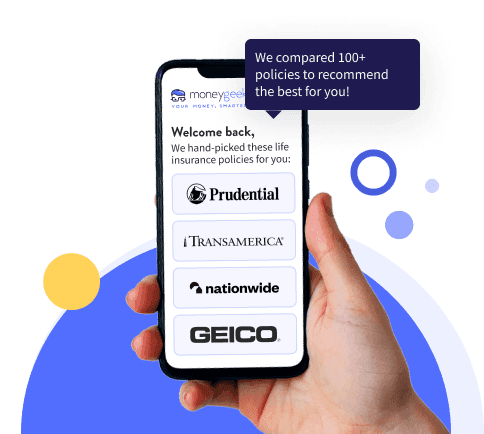Universal life insurance is a type of permanent life insurance that combines lifelong coverage with flexible premiums and a tax-deferred savings component.
This type of life insurance splits your premium payments into two parts.
- Cost of Insurance (COI): This covers the life insurance costs, including mortality charges, administrative fees and other expenses for your death benefit.
- Cash Value Component: The remaining amount goes into a cash value account, which earns interest based on the insurer's investment strategy, using stable vehicles like bonds. Depending on your policy terms, this account grows, and you can borrow against it or make withdrawals.
Cash value growth is not guaranteed and depends on market performance and interest rates. Poor investment performance requires higher premium payments to maintain coverage.








